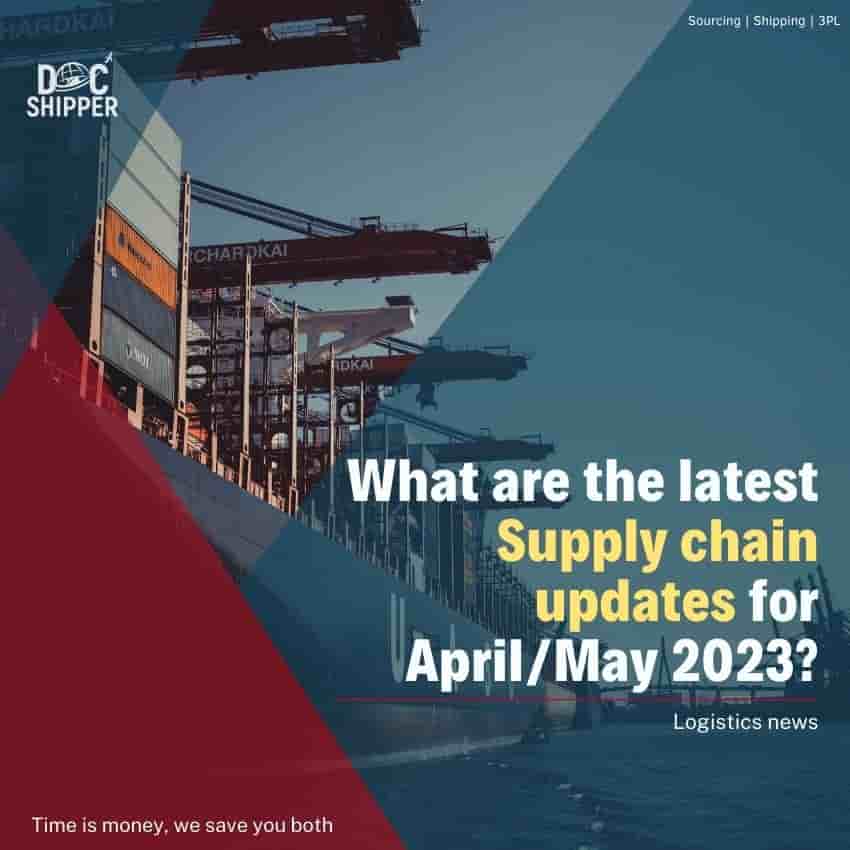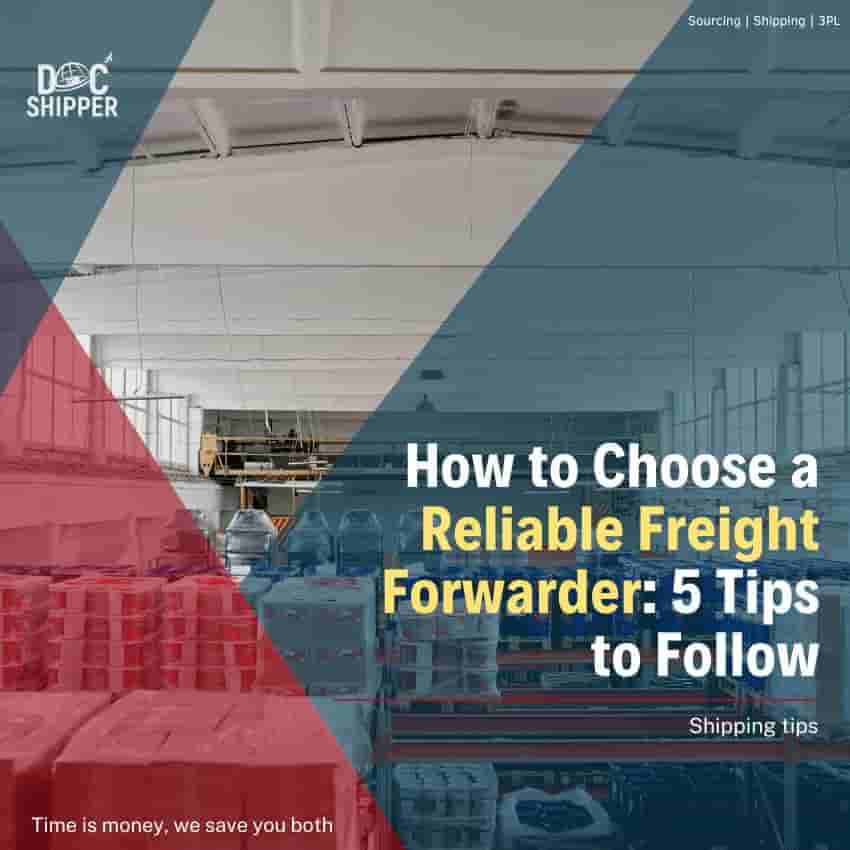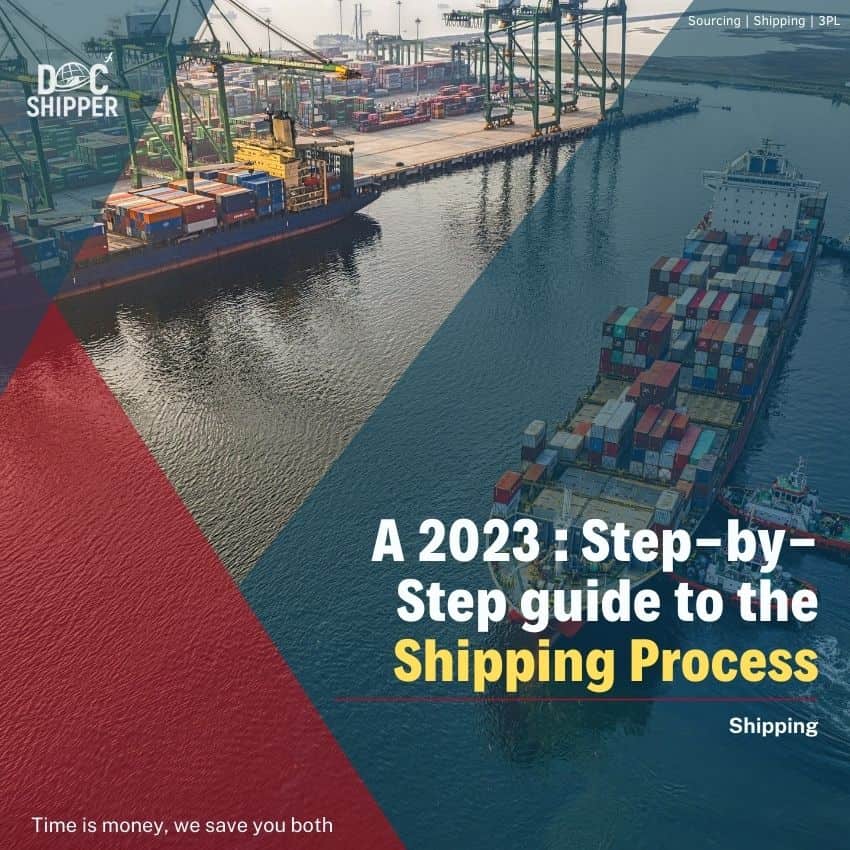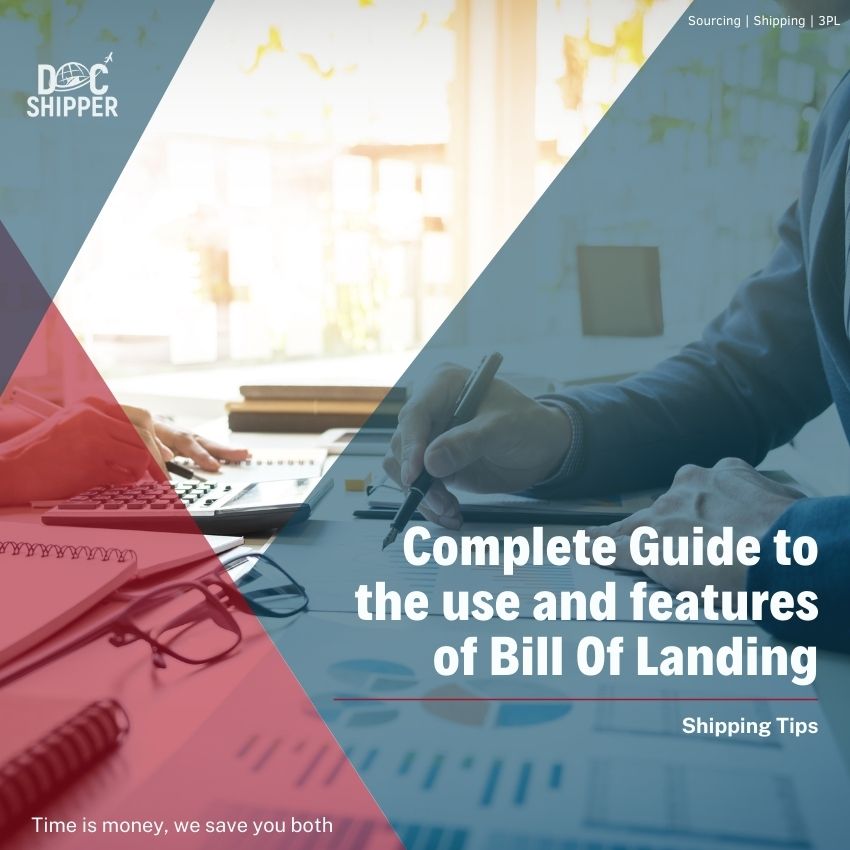Importer of Record (IOR) and Exporter of Record (EOR)
In the world of global trade, there are two terms that play a significant role in ensuring successful cross-border transactions: IOR (Importer of Record) and
Top 5 Freight Forwarders in Russia
Want to ship your goods to Russia? Good luck finding a reliable and trustworthy freight forwarder . The sheer variety of choices can make it
Shipping scams: how to identify them and avoid them ?
Shipping scams have become increasingly prevalent, undermining consumer trust in delivery services. It is essential to be able to recognize these scams and take steps
Freight Shipping between Thailand and South Korea | Rates -Transit time – Duties & Taxes
Freight Shipping between Thailand and South Korea | Rates -Transit time – Duties & Taxes Think of navigating international shipping as conquering a spicy Thai
Latest Shipping & Freight forwarding market updates [May 2023]
Staying informed about the ever-changing dynamics of the competitive freight forwarding market is crucial. The global freight market continues to experience significant growth, as highlighted
What are the latest Supply chain updates for April/May 2023?
In the ever-evolving and dynamic world of supply chain management, staying ahead of the curve becomes not just advantageous, but crucial for businesses to thrive
How to Choose a Reliable Freight Forwarder: 5 Tips to Follow
Choosing a reliable freight forwarder that will transport your cargo safely, rapidly, and at an affordable cost can be a daunting task in today’s global
Maritime Industry trends: what are the experts predictions for 2023?
The maritime industry is a vital component of global trade, with over 90% of world trade being carried by ships. As the industry continues to
A 2025 : Step-by-Step guide to the Shipping Process
International transport is not always a simple process for everyone. There are many obstacles from the seller to the buyer. In order to achieve the
Complete Guide to the use and features of Bill Of Lading
People who work in the shipping industry are familiar with the definition of Bill of Lading and its abbreviations, which are also known as BL,






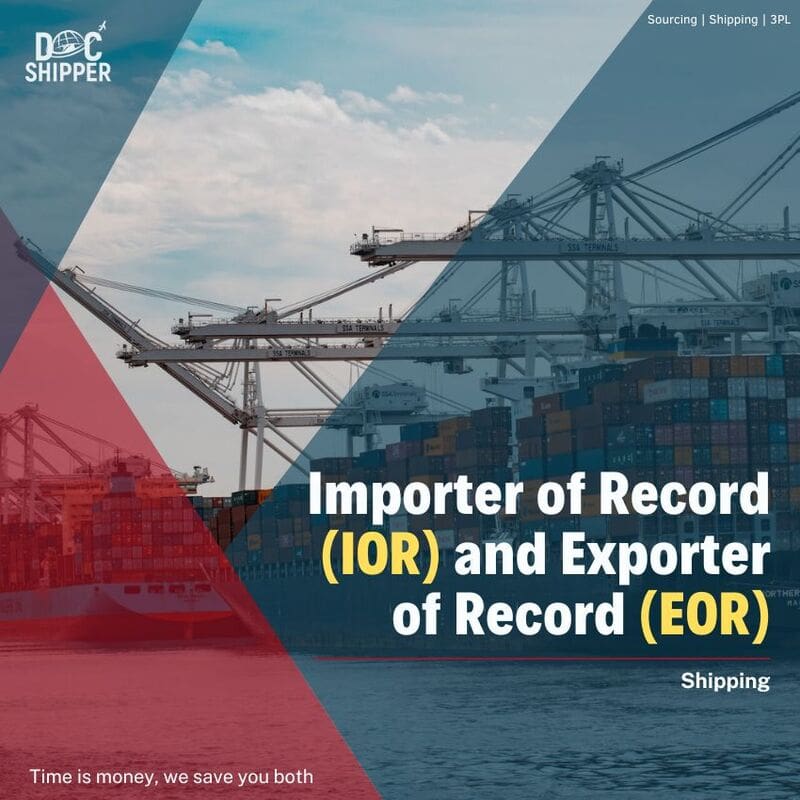
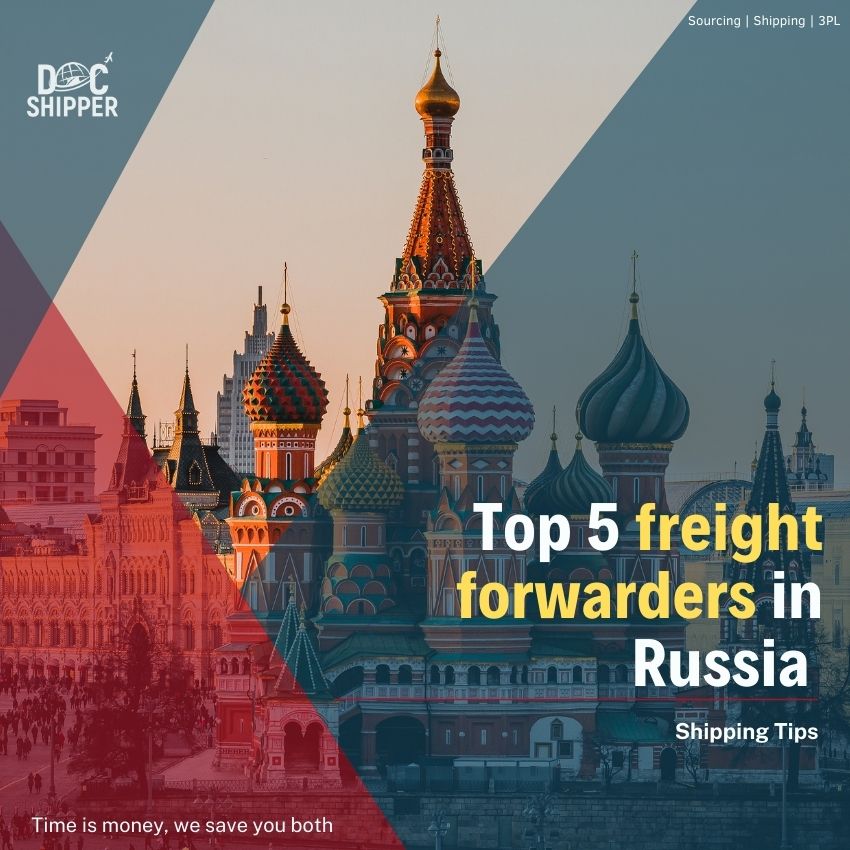

![Latest Shipping & Freight forwarding market updates [May 2023]](https://siam-shipping.com/wp-content/uploads/2023/06/Latest-Shipping-Freight-forwarding-market-updates-May-2023.jpg)
